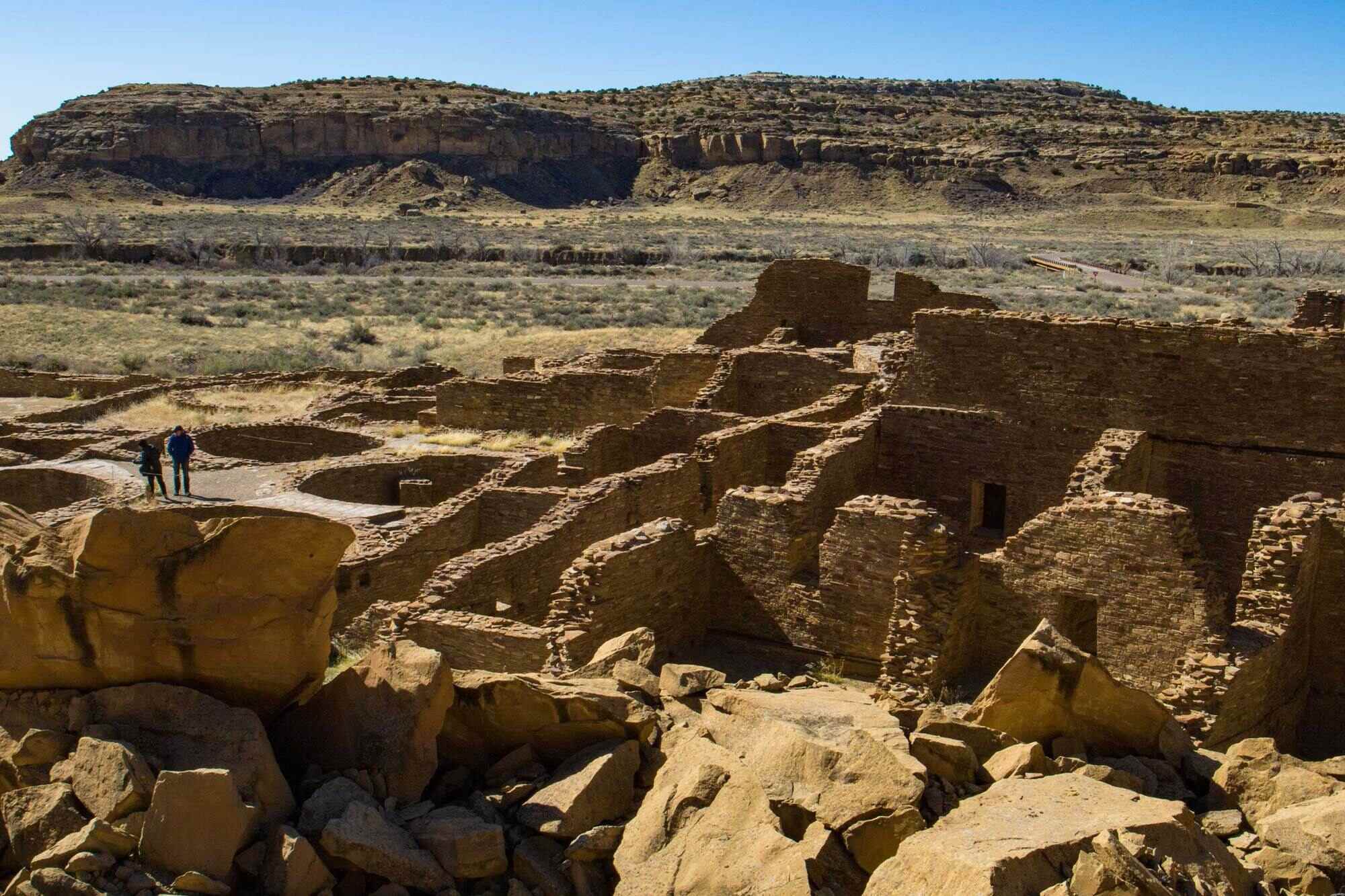Mysteries Of New Mexico’s Chaco Trading Paths

Have you ever wondered about the ancient Chaco Trading Paths in New Mexico? These paths are like secret highways from long ago, connecting different communities. Imagine people walking these trails hundreds of years ago, carrying goods like turquoise, pottery, and food. These paths were vital for trade and communication among the Ancestral Puebloans. They stretch across the desert, linking Chaco Canyon with other important sites. Today, you can still see traces of these paths, offering a glimpse into the past. Exploring these routes can feel like stepping back in time, where every step tells a story of ancient life and culture.
Ancient Pathways of Chaco Canyon
Chaco Canyon, located in northwestern New Mexico, is a place where ancient paths whisper stories of a bygone era. These trails, once bustling with traders and travelers, connect the heart of the canyon to distant lands. Let's wander through some of these mysterious routes and uncover their secrets.
- Great North Road
This path stretches northward from Chaco Canyon, leading to the San Juan Basin. It was more than just a trade route; it held spiritual significance for the ancient Puebloans. The road's straightness and alignment with celestial events suggest it was a ceremonial path, guiding souls to the afterlife.
- South Road
Heading south from Chaco, this route connected the canyon to the Rio Grande Valley. Traders used it to exchange goods like turquoise and pottery. The path also linked Chaco to other significant cultural sites, fostering a network of shared traditions and innovations.
- West Road
The West Road led to the Zuni and Hopi territories. It was a vital artery for the exchange of ideas and materials. Along this path, travelers would encounter diverse landscapes, from arid deserts to lush river valleys, each offering unique resources and challenges.
Hidden Treasures Along the Trails
These ancient paths were not just about trade; they were lined with hidden treasures and landmarks that tell stories of the past. Let's explore some of these intriguing spots.
- Pueblo Bonito
This massive structure, located within Chaco Canyon, served as a hub for trade and ceremonies. Its intricate design and sheer size reflect the advanced architectural skills of its builders. Pueblo Bonito was a place where traders gathered, exchanged goods, and shared stories.
- Chetro Ketl
Another grand structure in Chaco, Chetro Ketl, was known for its unique T-shaped doorways and kivas. It was a center for social and religious activities, drawing people from distant lands. The site offers insights into the daily lives and spiritual practices of the ancient Puebloans.
- Kin Kletso
A smaller, yet equally fascinating site, Kin Kletso was a stopover for travelers along the West Road. Its compact design and strategic location suggest it was a place for rest and resupply. The ruins provide a glimpse into the logistical aspects of ancient trade networks.
The Legacy of Chaco's Trading Paths
The trading paths of Chaco Canyon have left a lasting legacy on the region and its people. They were more than just routes for commerce; they were conduits for cultural exchange and innovation.
- Petroglyphs and Pictographs
Scattered along the trails, these ancient artworks offer a window into the beliefs and stories of the people who once walked these paths. They depict everything from celestial events to daily life, serving as a visual record of Chaco's rich cultural tapestry.
- Astronomical Alignments
Many of Chaco's structures and paths align with celestial events, such as solstices and equinoxes. This suggests that the ancient Puebloans had a deep understanding of astronomy, using it to guide their agricultural practices and spiritual ceremonies.
- Modern-Day Connections
Today, the descendants of the ancient Puebloans, including the Hopi and Zuni, continue to honor these paths and their cultural significance. They maintain traditions and stories passed down through generations, keeping the spirit of Chaco alive.
Mysteries Yet to Be Solved
Despite extensive research, many mysteries of Chaco's trading paths remain unsolved. These enigmatic routes continue to captivate archaeologists and historians, offering endless opportunities for discovery.
- Unexplored Ruins
Numerous ruins along the paths have yet to be fully explored. These sites hold the potential to reveal new insights into the lives of the ancient Puebloans and their interactions with neighboring cultures.
- Lost Artifacts
Artifacts buried beneath the sands of time may hold clues to the trade networks and daily lives of Chaco's inhabitants. Each discovery adds a piece to the puzzle, deepening our understanding of this ancient civilization.
- Unanswered Questions
Why were certain paths chosen over others? What drove the ancient Puebloans to build such extensive networks? These questions continue to intrigue researchers, fueling ongoing investigations into the mysteries of Chaco Canyon.
Discoveries Await in Chaco Canyon
Chaco Canyon's ancient trading paths offer a glimpse into a world rich with history and culture. These ancient routes connected communities, allowing for the exchange of goods, ideas, and traditions. Exploring these paths reveals the ingenuity and resilience of the people who once thrived in this region. The mysteries of Chaco Canyon continue to captivate archaeologists and visitors alike, as each discovery adds another piece to the puzzle of this fascinating civilization. Whether you're drawn to the stunning landscapes, the architectural marvels, or the stories of the past, Chaco Canyon promises an unforgettable experience. As you walk these historic trails, imagine the footsteps of those who came before, shaping a vibrant and interconnected world. New Mexico's Chaco Canyon invites you to uncover its secrets and appreciate the enduring legacy of its ancient inhabitants. Adventure and history await those who venture into this remarkable place.

